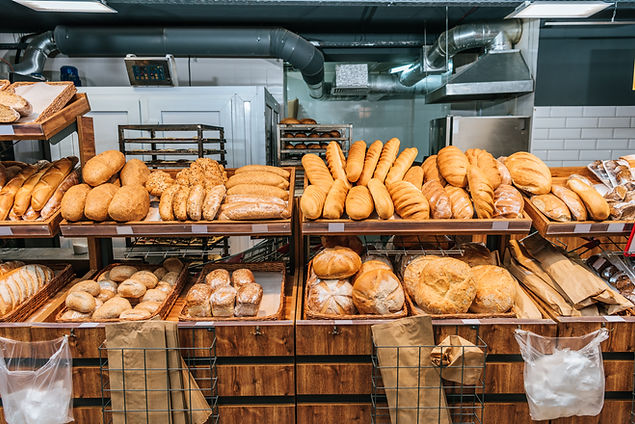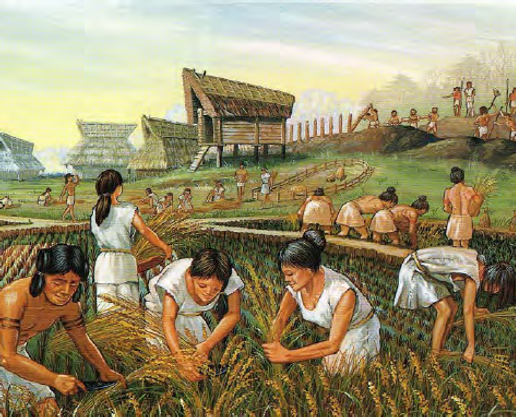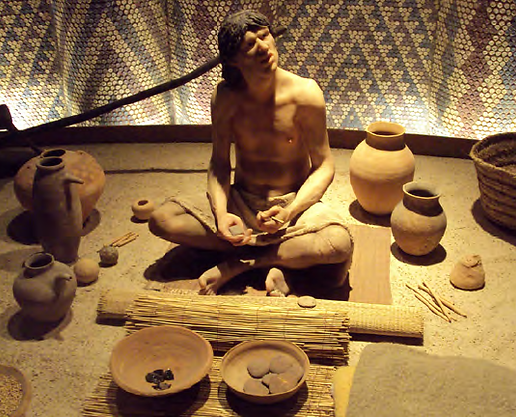
History of Bread
Bread is one of humanity's oldest foods. Its history spans civilizations, connects cultures, and reflects the evolution of our societies. In this journey, we celebrate how bread has nourished not only bodies but also traditions, crafts, and memories.

Bread: the essential food of humanity
Bread is essentially a mixture of flour, water, yeast, and salt, carefully kneaded, fermented, and baked. Although it seems simple, this combination has been considered, since ancient times, the quintessential food thanks to its nutritional and symbolic richness.
The discovery of cereals: the beginning of civilization
The history of bread is deeply intertwined with humanity. In the Neolithic, nomadic humans discovered grains, a breakthrough that transformed their lives forever. Seeds were not just used as food; they could be cultivated, harvested, and stored, allowing communities to settle, build social ties, and develop the first civilizations. Thus, the cultivation of grains marked the beginning of a new era, where food was linked to social progress.


From milling to bread: the first attempts
At first, cereals like wheat were eaten raw, but human ingenuity soon changed that. Grains began to be ground to obtain flour, which was mixed with water to form porridge, gruel, and later, biscuits or cakes baked on hot stones. These first breads date back to the Neolithic period, with an estimated age of between 6,000 and 9,000 years.
Egypt: the birthplace of leavened bread
In Egypt, more than 4,000 years ago, techniques such as fermentation were perfected, giving rise to spongy bread. The Egyptians were pioneers in the use of ovens, and thanks to their creativity, bread transformed from a simple food into an art. This legacy was adopted and perfected by the Greeks and Romans, who diversified its forms and ingredients.


Bread as a symbol of unity and community
Over time, bread not only nourished people but also symbolized unity and prosperity. During the Middle Ages, communal ovens were at the heart of communities. Later, industrial innovations in the 19th century brought bread into every home with creations such as sliced bread and white bread.

